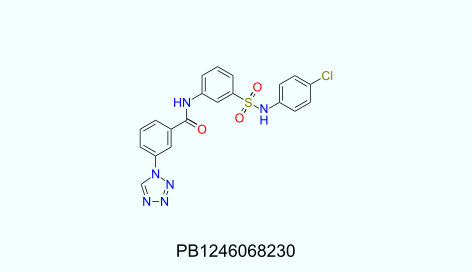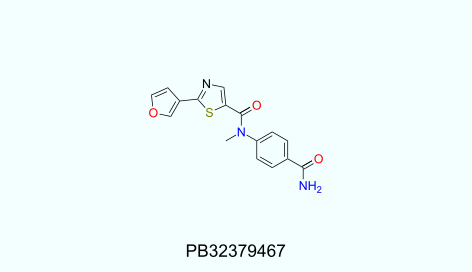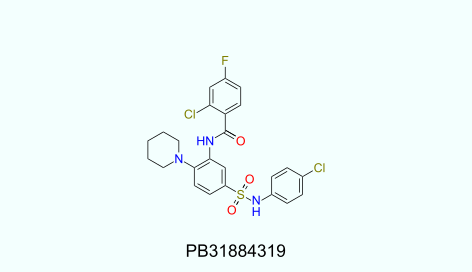- Home page
- Fragments and Targeted libraries
- Wnt Pathway Modulators
UORSY Wnt Pathway Modulators
Wnt pathway plays a crucial role in numerous vital processes. Aberrant Wnt signaling is associated with different types of cancer and other diseases, including metabolic and neurodegenerative disorders. However, none of the drugs specifically targeting Wnt pathway has been approved yet.1
At UORSY, we combine a ligand-based and a docking-based approaches2,3,4,5,6 to our novel chemistries and created a library of 4604 compounds that tackle various aspects of Wnt/Fz signaling. Virtual screening was performed against six targets and was aimed to find inhibitors of 1) Dkk1, 2) Dvl-Axin and inhibitors of PPIs of 3) β-catenin/Tcf-4, 4) β-catenin/Bcl-9, 5) Wnt/sFRP-1, 6) Bc9/PYGO/Histone3. The selected compounds are suitable for target-based, reporter-based, and phenotypic assays.



Physicochemical profiles of UORSY Wnt pathway modulators:
200<MW<600; 1<HbA<9; 0<HbD<5; -1<logP<8; 0<Fsp3<0.7; 2<RotBonds<10.
UORSY Wnt pathway modulators are available in stock and could be delivered within 2 weeks in any customer-preferred format: as powders, dry films or DMSO solutions formatted in vials, 96 or 384-well plates. All compounds have a minimum purity of 90% assessed by 1H NMR; analytical data is provided.
For more information, please contact us at screenlibs@uorsy.com
1 Kahn, Nat. Rev. Drug Discov., 2014, 13, 513-532.
2 Bodine et al., Bone, 2009, 44, 1063-1068.
3 Thysiadis et al., Bioorganic Med.Chem., 2016, 24, 1014-1022.
4 Huang et al., ACS Chem. Biol., 2014, 9, 193−201.
5 Sampietro et al., Molecular Cell, 2006, 24, 293–300.
6 Miller et al., ACS Chem. Biol., 2014, 9, 2864–2874.
Ask your questions!
Fill in the form to ask a question.